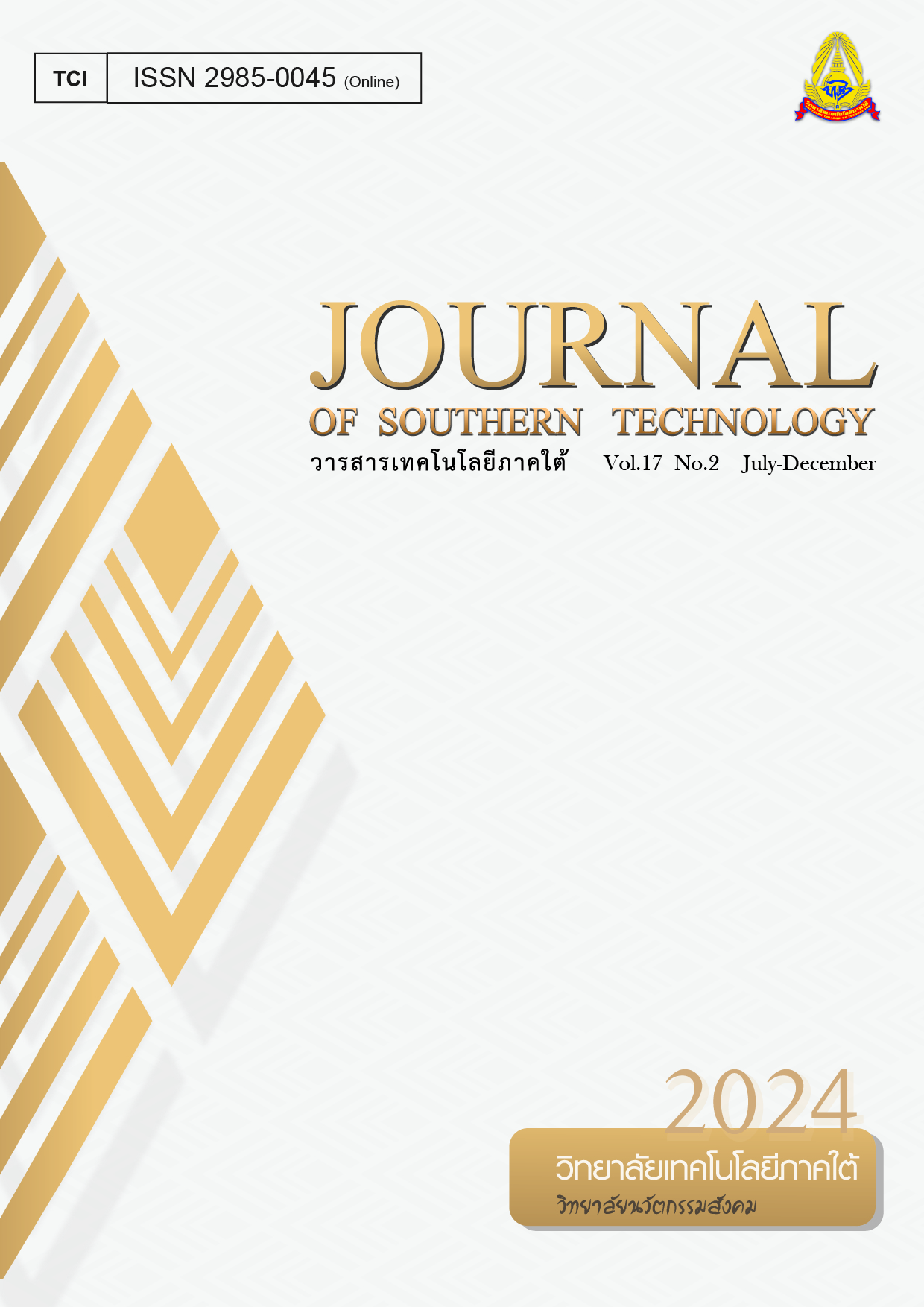The Election Campaign of Female Chief Executive of the Provincial Administrative Organization B.E.2563
Main Article Content
Abstract
Feminism is becoming more popular resulting in having the highest number of females who were elected as chief executives of the provincial administrative organizations in 2020, the highest figure in election history. This research aims to examine general conditions, management strategies, and present guidelines for the development of election campaigns using a qualitative research approach. Key informants were purposively selected, totaling 20 people. Data were collected through in-depth interviews using semi-structured interview questions, and then were analyzed using triangulation. Results of the study indicates that voters were more politically alert every time there was a local election. There was competition between existing and new political groups. Both traditional and new media were used. Organizational management principles and political marketing concepts were applied effectively. This included strict compliance with election laws, planning and setting effective strategies, both male and female campaign leaders understand local politics, creating variety of media channels, the campaign messages are clear, concise, and easy to understand, as well as assessing public opinions of the candidates before and during the election. Moreover, female candidates possessed characteristics that stand out from men such as expressing a motherly instinct and having good communication skills. The campaign slogan explicitly indicated the candidate’s femininity and having a clear political ideology. On top of that, the campaign policies were practical and could actually solve problems or change the province. In addition, the team names were short, concise, easy to remember. When false information was spotted, it was dealt with quickly and replaced by recent updates. It is suggested that political marketing strategies should be applied. There should be a survey of the area and eligible voters. Finally, female candidates must clearly demonstrate a more dominant characteristics than their male counterparts.
Article Details

This work is licensed under a Creative Commons Attribution-NonCommercial-NoDerivatives 4.0 International License.
-
Authors must agree to the journal publication rules and allow the editors to edit the manuscripts for publication.
-
Author’s right belongs to the author but Journal of Southern Technology holds the right of first publication and thus allow readers to use the article for the purpose of education but not commercial.
References
Almond, G. A., & Powell, G. B. (1966). Comparative Politics: A Developmental Approach. Boston, MA: Little, Brown and Company.
Bunbangna, S., & Phongpaew, P. (1982). Voting Behavior of Thai People. Bangkok: Research Dissemination Project Chulalongkorn University. [in Thai]
Chanbunruang, P. (2010). Communication Strategies for Elections in Provinces with the Most Voters in Thailand (Doctoral Dissertation). Thammasat University, Bangkok. [in Thai]
Chanritisen, P., Sridee, S., Panvarvuttrakul, H., & Sudhivoraseth, J. (2023). Political marketing strategies for campaigning for House of representatives candidates new female face of the Palang Pracharat Party in Bangkok. Social Science Journal and Culture, 7(1), 305-324. [in Thai]
Choeypratab, S. (2008). Communication, Politics and Democracy in Developed Societies. Bangkok: Chulalongkorn University Press. [in Thai]
Chumphon, P. (1992). The Monarchy in a Democratic System. Bangkok: Thai Wattana Panich. [in Thai]
Kamjornmenukul, N. (1997). Communication Strategy in the Women’s Election Campaign, which is Member of the Subdistrict Administrative Organization (Subdistrict Administrative Organization) Council (Master’s Thesis). Chulalongkorn University, Bangkok. [in Thai]
Kwanpracha, S., Sridee, S., & Tokaew, W. (2023). Political communication for How to campaign for elections, get hearts, get votes. Rajamangala University of Technology Suvarnabhumi. Journal of Liberal Arts, 5(1), 172-181. [in Thai]
Nanthawaropas, N. (2005). Political Communication: Case Study of Election Campaigns, General Information of the Thai Party (Master’s Thesis). Thammasat University, Bangkok. [in Thai]
Nanthawaropas, N., & Saengphong, C. (2019). Election campaigns of political parties. under the 2017 constitution: study of the general election on 24 March 2019. MCU Journal of Social Science Review, 8(2), 274-288. [in Thai]
Pechrat, N., Chumanee, A., Maharachsena, A., & Sarovat, S. (2021). Campaign strategies of candidates for chief executive of the provincial administration organization. Journal of MCU Social Development, 6(1), 153-160. [in Thai]
Phatarametravorakul, S., Tokaew, W., Kantaboon, K., & Suthivoraset, J. (2022). Communication for the presidential election campaign, Samut Prakan Provincial administrative organization of the Samut Prakan Progress Group. Journal of Social Sciences and Culture, 7(6), 124-137. [in Thai]
Sothanasathien,S. (2002). Principles and Theories of Social Science Research (6th Printing). Bangkok: Prasitphan & Printing. [in Thai]
Thokaew, W. (2019). Policy Design and Innovation in Communication of Development Policy Local. Bangkok: Political Communication Research and Development Center. [in Thai]
Useng, H. P. (2021). Women and politics. Parliamentary Bulletin, 69(5), 58-78. [in Thai]

